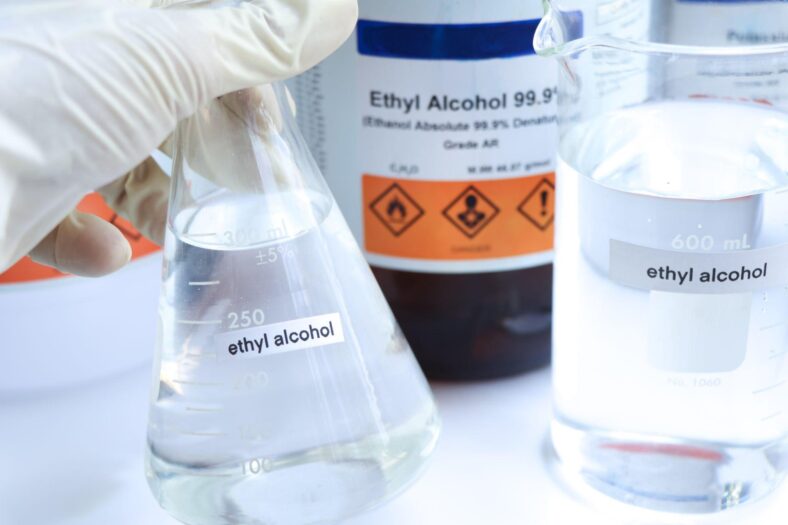As a laboratory technician or a researcher in Malaysia, choosing the right lab balance can be a daunting task. There are several types of lab balances available in the market, each designed for specific applications. Understanding the uses of different types of lab balances is crucial for accurate and precise measurements. In this article, we will discuss the different types of lab balances and their uses with mdcplanner.
What are Lab Balances?
Lab balances are precision instruments used to measure the mass of an object with high accuracy and precision. These instruments are used in various industries such as pharmaceuticals, food and beverage, research and development, and chemical laboratories. Lab balances are available in different types, sizes and have different weighing capacities.
Types of Lab Balances and their Uses
- Analytical Balances: Analytical balances are the most precise type of lab balances. They are used to measure small samples, typically in the range of milligrams. Analytical balances have a higher resolution and accuracy compared to other types of lab balances. They are commonly used in analytical chemistry, pharmaceuticals, and research and development.
- Top Loading Balances: Top loading balances are commonly used in quality control and production environments. They have a higher weighing capacity than analytical balances and can measure samples in the range of grams to kilograms. Top loading balances have a lower resolution compared to analytical balances, but they are faster and easier to use.
- Micro Balances: Micro balances are used to measure extremely small samples, typically in the range of micrograms. They have a very high resolution and accuracy, making them suitable for research and development applications such as material sciences and nanotechnology.
- Precision Balances: Precision balances are used in applications that require high accuracy and precision, but with a higher weighing capacity than analytical balances. They can measure samples in the range of grams to kilograms with a resolution of up to 0.001g. Precision balances are commonly used in the food and beverage, chemical, and pharmaceutical industries.
- Moisture Balances: Moisture balances are used to determine the moisture content in a sample. They are commonly used in the food and beverage industry to measure the water content in food products. Moisture balances can also be used in the pharmaceutical and chemical industries to measure the water content in drugs and chemicals.

How to Choose the Right Lab Balance?
Choosing the right lab balance depends on several factors such as the application, the sample size, and the required accuracy and precision. When selecting a lab balance, consider the following:
- Weighing Capacity: The weighing capacity of the balance should be appropriate for the sample size.
- Accuracy and Precision: The accuracy and precision of the balance should be suitable for the application.
- Calibration: The balance should be calibrated regularly to maintain accuracy and precision.
- Features: Consider the features such as ease of use, data connectivity, and software compatibility.
Conclusion
In conclusion, lab balances are essential instruments in various industries, including pharmaceuticals, food and beverage, research and development, and chemical laboratories. Choosing the right lab balance depends on several factors such as the application, the sample size, and the required accuracy and precision. Understanding the uses of different types of lab balances is crucial for accurate and precise measurements. By considering the factors mentioned above, you can choose the right lab balance for your application and ensure reliable and accurate results.



